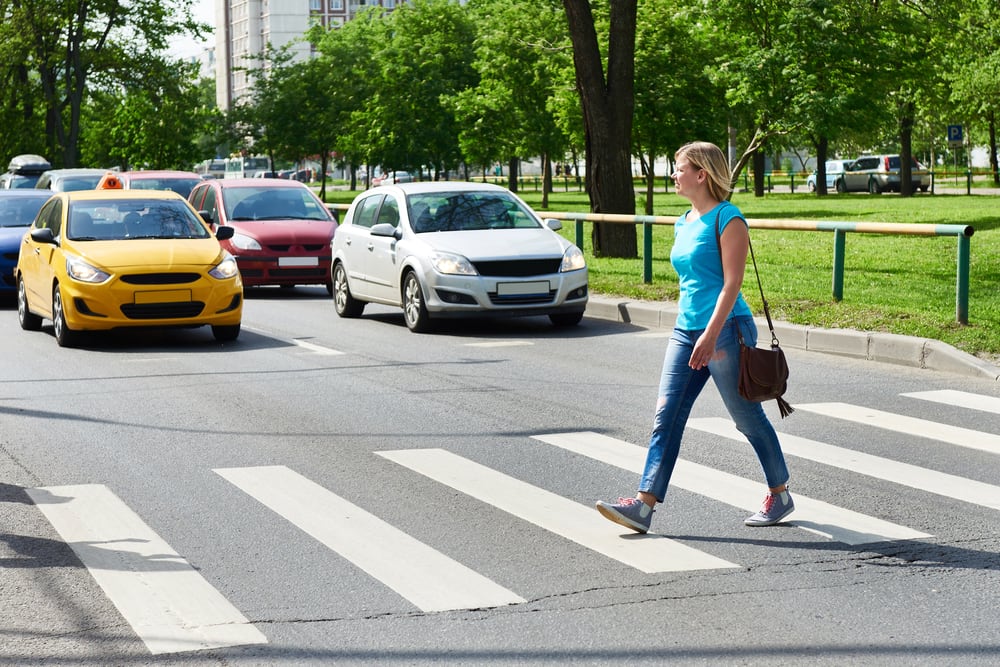

Traffic signals and signs are not always sufficient to resolve conflicts in traffic. Just as an example, a green light does not mean you can turn left if another vehicle is traveling forward through an intersection. And in unmarked intersections, there can be confusion. That is why right-of-way laws are in place – to clear up confusion by means of common-sense rules. Right-of-way laws are designed to protect you and others with whom you share the roads from damage to vehicles, injuries, and even death. Accordingly, it is important that you understand and obey them.
Summary of right-of-way laws in New York
The right-of-way laws in New York State can be summarized as follows:
Intersections
If you are approaching an intersection, you must give the right of way to traffic already in the intersection.
If more than one driver reaches an unmarked intersection at roughly the same time, then the left-turning driver must yield to the straight-on or right-turning driver.
At stop signs, if you arrive at roughly the same time, the driver on the right must be given the right of way.
If you are approaching a public road from a private road or driveway, you must yield right of way to traffic already in the road, and to pedestrians.
If a pedestrian is legally using a crosswalk, whether marked or unmarked, you must yield right of way.
You may not enter an intersection if you could end up blocking traffic should the light change. You must wait until the traffic ahead of you is through the intersection before proceeding.
Emergency vehicles
Emergency vehicles that are flashing red, red and white, or red and blue lights and sounding sirens or air horns must be given the right of way.
If you are in an intersection when an emergency vehicle approaches, clear the intersection and then pull over.
Volunteer firefighters driving personal vehicles and responding to an alarm may display blue lights, and ambulance drivers may display green lights. Snow plows and tow trucks are equipped with amber lights. These drivers have to obey the right-of-way laws, and you are not under any legal obligation to yield. As a matter of courtesy and public safety, though, you should.
Roundabouts
- In a roundabout, you must yield to drivers already in the circle, and to pedestrians and cyclists.
Pedestrians and skateboarders
When pedestrians or skateboarders are crossing at a marked or unmarked crossing, they have the right of way.
Blind pedestrians must always be given the right of way, even if crossing in a manner that would be illegal for a sighted person.
Common misconceptions about New York right-of-way laws
You might think that drivers of emergency vehicles are only entitled to the right of way in intersections. Actually, they can travel the wrong way on a one-way street, and even turn in directions that are normally prohibited. This means that emergency vehicles can be extremely unpredictable, so you should exercise extreme caution if you hear sirens and see flashing lights.
Penalties for failure to yield
In New York State, failure to yield will earn you a penalty of 3 demerit points, along with a fine of $105. If you repeat the offense within the next year and a half, the fine doubles. For more information, refer to the New York State Department of Motor Vehicles Driver's Manual Chapter 4, pages 45-47, Chapter 8, page 68, and Chapter 11, pages 89-90.



